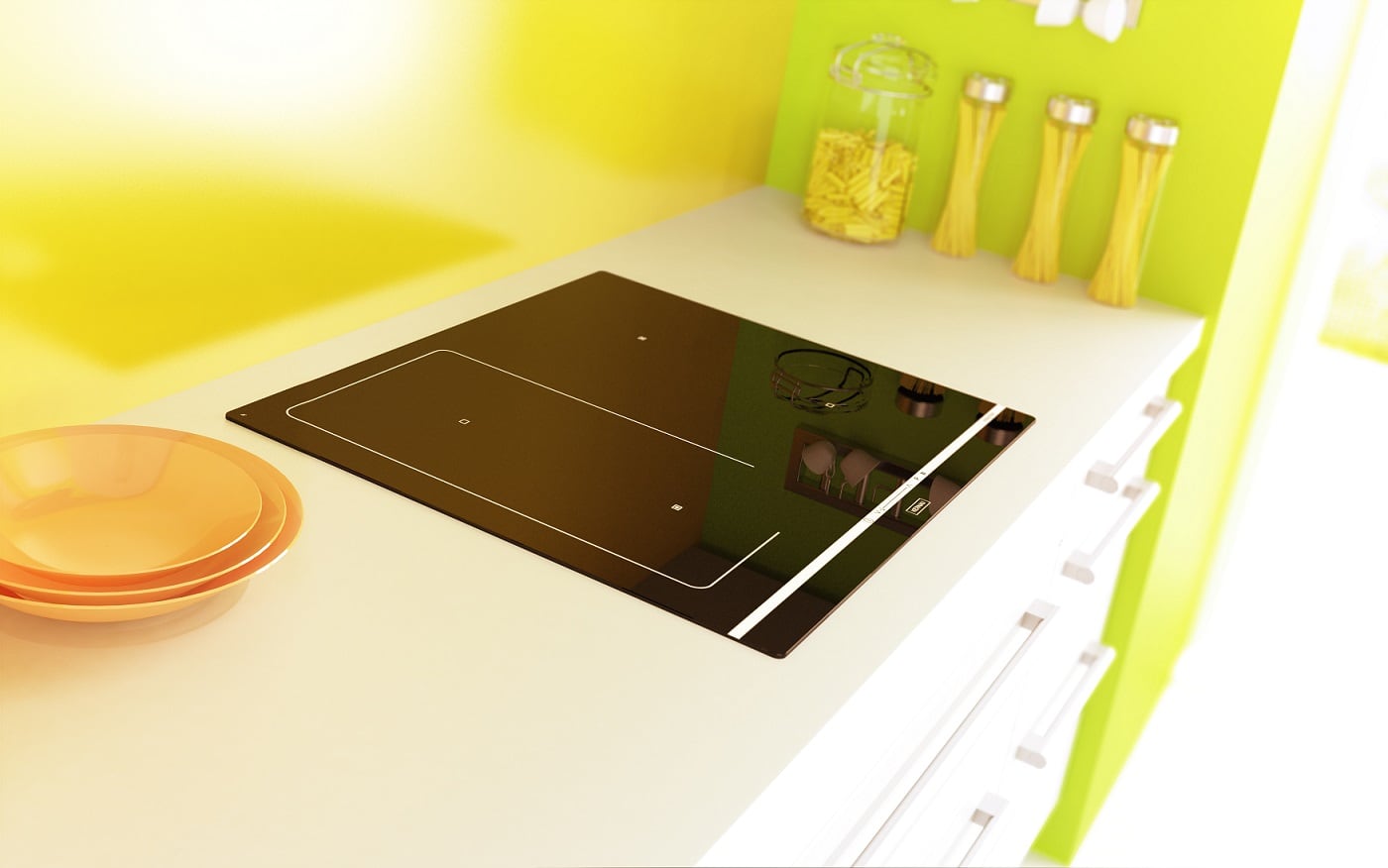
We prepare meals on the induction cooktop and therefore this appliance must be kept immaculately clean. We recommend you clean the cooktop as soon as you have finished cooking. This will prevent the drying out of dirt which may be later hard to remove.
How to take care of your induction cooktop
Taking care of the induction cooktop on a daily basis is extremely important. Cleaning of this hob type is easier than cleaning of the gas hob. You do not have to disassemble anything, the surface of this appliance is completely flat what makes the taking care of this hob easier. But this surface is also very delicate that is why you must not use sharp abrasive materials such as steel wool. Available on the market are various cleaners for cleaning of induction cooktops so you won’t have any problems finding the product which will get rid of grease, food leftovers or other dirt easily.
If you wonder how to clean the induction cooktop we can tell you that the best option will be a suitable cleaner with soft dishcloth. It is enough if you wipe the induction hob with a dishcloth as soon as you have finished cooking. This will help you keep the hob shiny. The special agents for cleaning of induction hobs are usually available in the comfortable spray form. You should spray some of this cleaner onto the surface and then wipe it dry with a soft dishcloth. Before this, you can also wet the dishcloth with warm water. If the dirt on the cooktop is very hard to remove, you can wet the dishcloth with water and baking soda solution. But how to clean the induction cooktop? Just use water and soft dishcloth and wipe the appliance properly.
When people decide to buy an induction cooktop they wonder how this appliance can be cleaned –will they need special cleaning agents or can they use universal cleaners. As mentioned before, they can also use water only but many people decide to purchase other cleaning agents. The best way is to take advantage of cleaners which have been specially developed for cleaning of this type of surface. These are the so called light cleaners with suitable consistency which won’t damage the induction cooktop. Other, more universal cleaning agents could scratch, or somehow damage the appliance. Nobody wants his appliance to be damaged.
How to get rid of grease?
Removing grease from the induction cooktop requires often a lot of work. The grease is the inseparable part of the preparation of practically every meal. What is more, it settles very fast. The best solution is here to get rid of the grease regularly because if you leave the grease to dry out, then its removal will be later on much harder. How to get rid of the grease? The best way is to use the normal washing-up liquid and a sponge. It is the washing-up liquid that effectively removes the grease from the dishes that is why it will be perfect for cleaning of the induction cooktop. If you wipe the surface of this appliance once and the stubborn grease does not come off, please repeat the cleaning process several times. The washing-up liquid is completely harmless for the surface of the cooktop and that is why it won’t cause any scratches or damages.
Homemade methods for cleaning of the induction cooktop
There are many different ways for cleaning of the induction hob. Apart from special cleaners which are available at shops, you can take advantage of several proven methods. In order to clean the cooktop you will need sponge, soft dishcloth, paper towel, washing-up liquid or vinegar. To get rid of light and small stains you will only need to wipe the cooktop with wet sponge and then wipe it dry with paper towel. If you have to fight the battle against stubborn and dry filth it will be better if you prepare the special solution. It can be made of water and some washing-up liquid or water with some vinegar. This solution will clean the appliance effectively. As soon as you have wiped the cooktop you will only need to wipe it dry with paper towel. Another homemade methods consists in wiping the cooktop with sponge soaked in water and soap. This trick also works very well.







